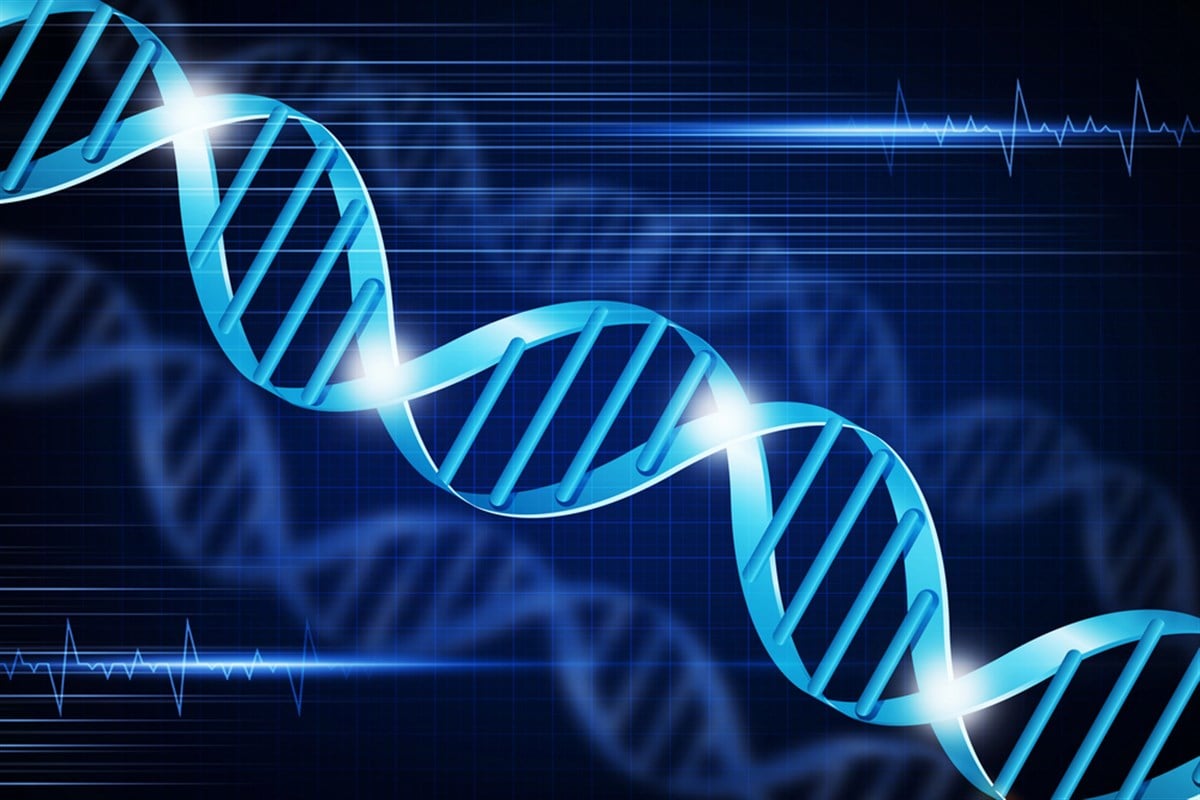Scientific Cameras: Illuminating the Hidden World
In the realm of modern imaging, scientific cameras stand out as indispensable instruments—bridging the gap between raw light detection and precise quantitative insights across disciplines from biomedical research to astronomy. Among various types, the cmos camera has emerged as a key workhorse, offering compelling performance at ever-improving costs.
Understanding the "Scientific Camera"
Source: Tucsen's scientific cameras
NOTE: When citing, please acknowledge the source: www.tucsen.com.
A scientific camera refers to any imaging device engineered for rigorous measurement and analysis rather than conventional photography. These systems often prioritize attributes such as high quantum efficiency, low noise, wide dynamic range, and accurate linear response.
A leading example is the portfolio showcased by Tucsen’s scientific camera offering, highlighting their tailored designs for microscopy, spectroscopy, and precision industrial applications.
CMOS Cameras: Widespread Utility and Advantages
CMOS cameras—based on Complementary Metal-Oxide-Semiconductor technology—feature active pixel sensors where each pixel includes its own amplifier and often analog-to-digital converter. This enables parallel readout and high-speed performance with relatively low cost and power. Such designs underpin everything from smartphone cameras to affordable scientific imaging tools.
On the page of Tucsen CMOS camera, their offerings range from cooled models suited to low-light microscopy to HDMI and USB-interface versions optimized for flexibility and broad compatibility.
Scientific CMOS (sCMOS): Precision Meets Speed
For applications demanding both sensitivity and speed, scientific CMOS (sCMOS) cameras are a standout. They bring together:
-
High resolution and large fields of view
-
Ultra-low read noise
-
High frame rates
-
Wide dynamic range
These attributes stem from architectural improvements over earlier CMOS and CCD technologies—combining the best of both worlds without their typical trade-offs.
sCMOS was introduced around 2009/2010 and has since revolutionized imaging in life sciences, astrophysics, fluid dynamics, and quantum optics. The resulting images are not just visually impressive, but also quantitatively robust—enabling accurate measurements across dim and bright regions equally.
CMOS vs. sCMOS: When to Choose Which?
CMOS cameras are well-suited for fast, affordable applications such as industrial inspection, particle tracking, or high-throughput screening. sCMOS cameras, on the other hand, excel in demanding scientific tasks like fluorescence microscopy, low-light imaging, super-resolution capture, and astronomy, where sensitivity, dynamic range, and image fidelity are paramount.
The Evolution from CCD to CMOS and sCMOS
Before CMOS technology became prevalent, CCD sensors dominated high-quality scientific imaging, delivering excellent image sensitivity and uniformity. However, CCDs were hampered by slow readout and higher power requirements. CMOS innovation—especially the work of inventors like Eric Fossum—ushered in a new era of small, fast, power-efficient imaging chips. The smarter, more versatile sCMOS sensors now blend CCD-like sensitivity with CMOS-level speed and flexibility.
Applications Across Scientific Domains
Both CMOS and sCMOS cameras have been widely adopted across scientific fields:
-
Microscopy & Life Sciences: Imaging organoids, live cells, fluorescence, developmental processes.
-
Physical Sciences & Optics: Quantum optics, laser diagnostics, fluid dynamics.
-
Industrial & Spectroscopy: Process monitoring, spectroscopy, surface inspection.
-
Astronomy & Space Science: Capturing faint cosmic phenomena with large sensor arrays.
Source: From the Tucsen Website
NOTE: When citing, please acknowledge the source: www.tucsen.com.
Andor Technology, for instance, offers cameras spanning CCD, EMCCD, and sCMOS categories—serving applications from spectroscopy to super-resolution microscopy.
Getting Technical: How CMOS and sCMOS Work
In a CMOS sensor, each pixel includes a photodiode and transistor circuitry to convert photons into electrical signals. Analog-to-digital conversions often happen on-chip, enabling parallel readouts and fast data handling, a key factor in their performance and affordability.
sCMOS sensors, however, bring innovations like column-parallel A/D conversion, superior low-noise electronics, and dynamic range enhancement techniques. These improvements enable imaging with minimal noise, higher sensitivity, and stronger linearity—critical for quantitative scientific measurements.
Why Choose a Scientific Camera from Tucsen?
-
The scientific camera lineup from Tucsen offers customizable features like cooling, high sensitivity (high QE), and global shutter designs to suit research-grade imaging.
-
Their CMOS camera series provides versatile connectivity (USB, HDMI), monochrome and RGB options, and affordability.
Final Thoughts
As imaging technologies continue to evolve, scientific cameras—especially those built on CMOS and sCMOS platforms—remain at the intersection of precision, performance, and accessibility. Whether you're capturing the minutiae of life at the cellular level or surveying the cosmos, the right camera choice can make all the difference.
Media Contact
Company Name: Tucsen
Contact Person: James
Email: Send Email
Country: China
Website: https://www.tucsen.com/






